Wearing a helmet while riding a motorcycle is essential, mainly for safety reasons, as it reduces impact during an accident. But have you ever wondered how snug a motorcycle helmet should be? We've researched this question so that you'll know how to properly fit a helmet in order to stay safe while riding.
A motorcycle helmet should sit firmly on your head but not be too tight or too loose. You should not feel any pressure points or hotspots around your head while wearing it. It should not have any up, down, or side-to-side movements. It should also be comfortable, especially if you will be wearing it for a long period of time.
How do you determine the right fit for you? We will elaborate on this question along with other information that might help you in the future. To find out more, keep on reading.
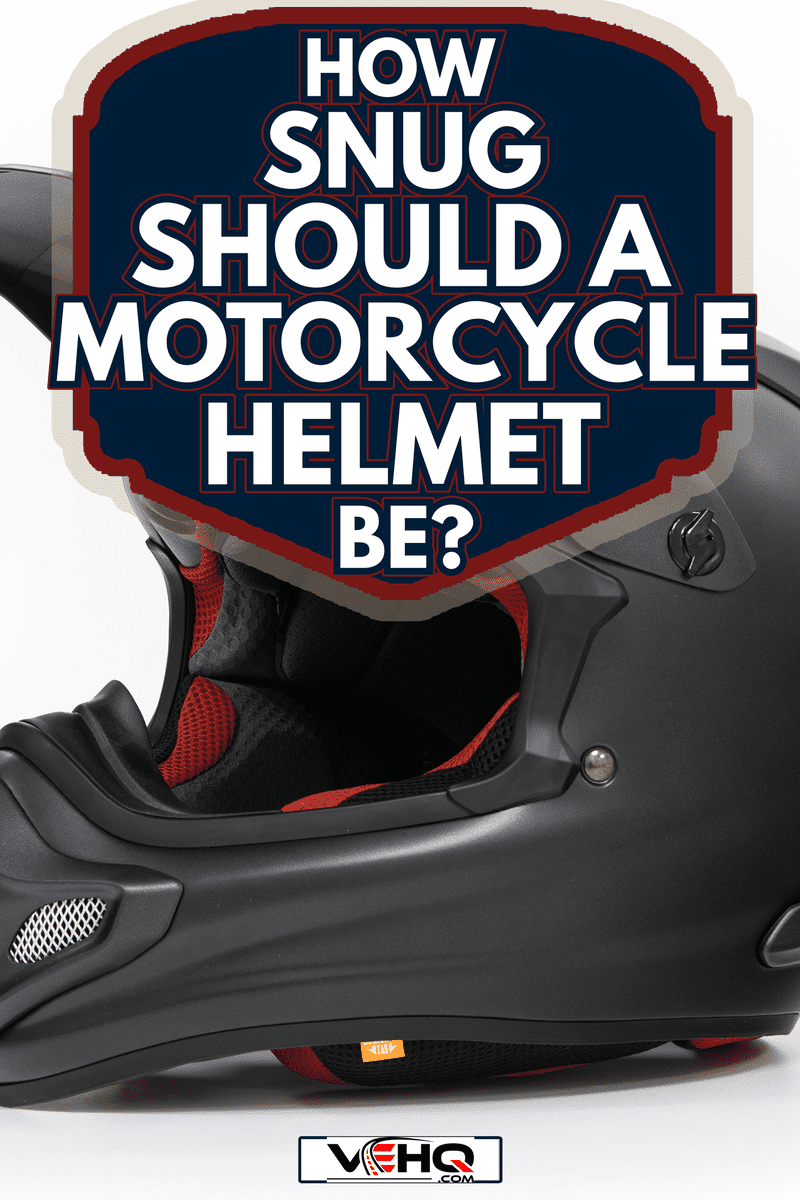
How To Choose The Right Helmet
Wearing a helmet that fits your head properly can decrease the possibility of having a head injury by 69%. Here is a step-by-step guide for purchasing the best headgear for you.
Step 1: Choose The Style Of Helmet
The good news is that there are numerous styles of helmets to choose from to cater to your riding needs. Here are some of the basic types you should be familiar with.
Full-Face Helmet
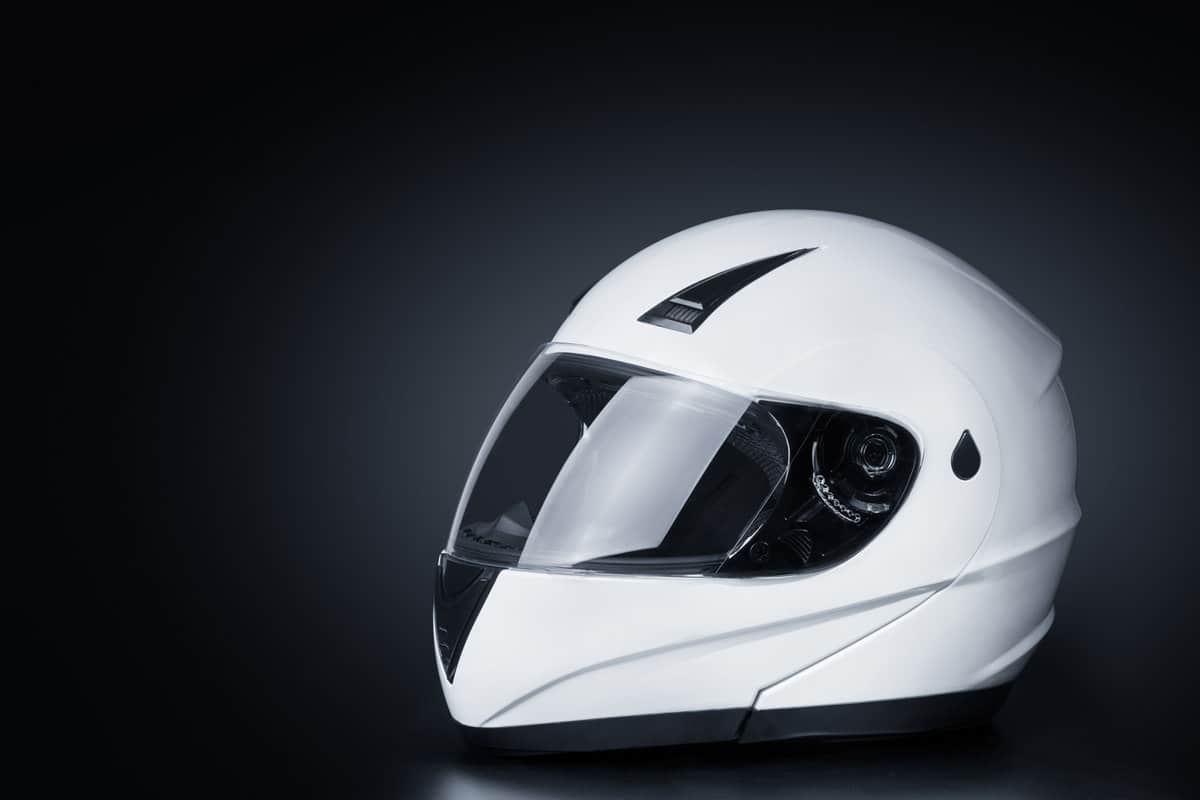
Full-face helmets offer the most protection out of all the kinds of headgear. The helmet's clear shield protects the eyes, nose, and lips, while the shell secures the upper, back, and sides of the head. The chin bar is responsible for keeping the bottom part of the head safe.
Although a full-face helmet is the most protective type of helmet, it is also the least ventilated. But it does provide enough ventilation to let a rider breathe comfortably while wearing it.
Modular Helmet
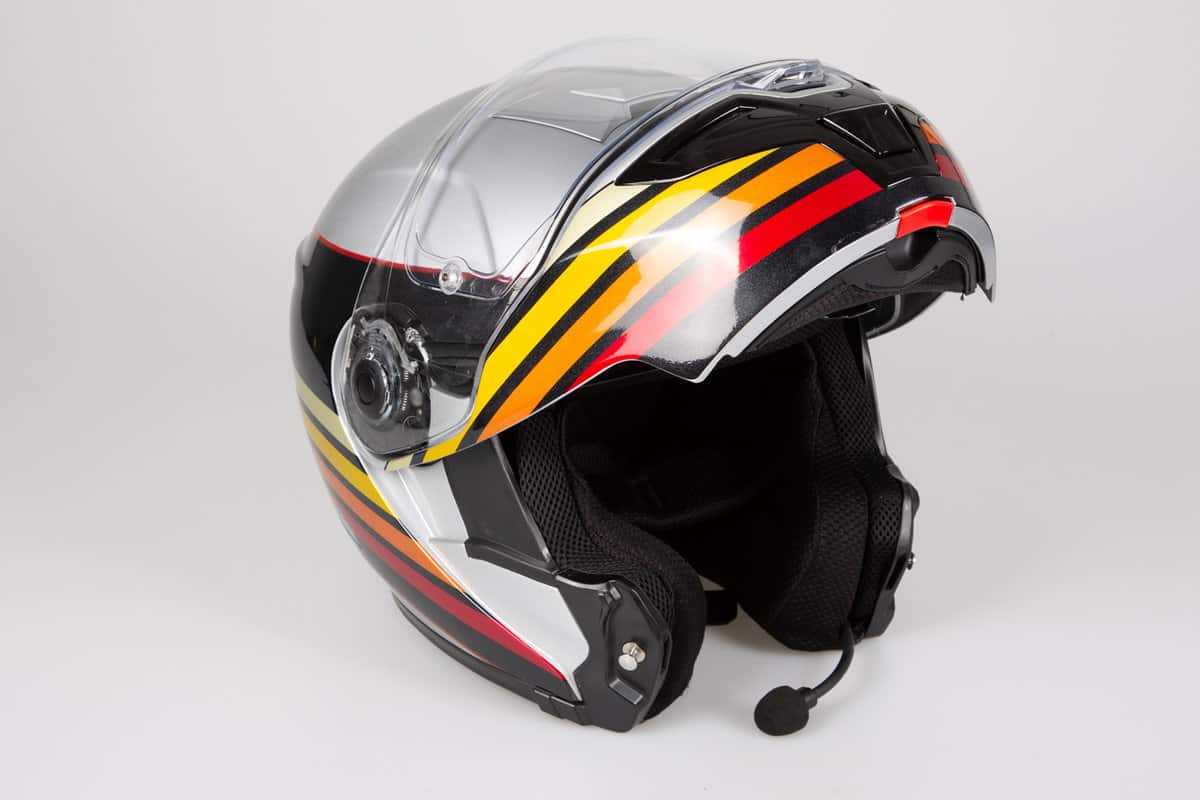
Unlike the first type, the modular helmet's chin bar can be pivoted upward using a hinge mechanism. This can instantly turn your full-face helmet into an open-face helmet, letting you experience both types with the release of a button. This is perfect for a casual ride where you want to expose your face without removing the entire gear.
However, a modular helmet offers less protection during crashes because the pivoting chin bar is a separate piece from the shell, which may affect the way it reacts to impact. It also weighs more because of the additional materials used for the added feature.
Open-Face Helmet
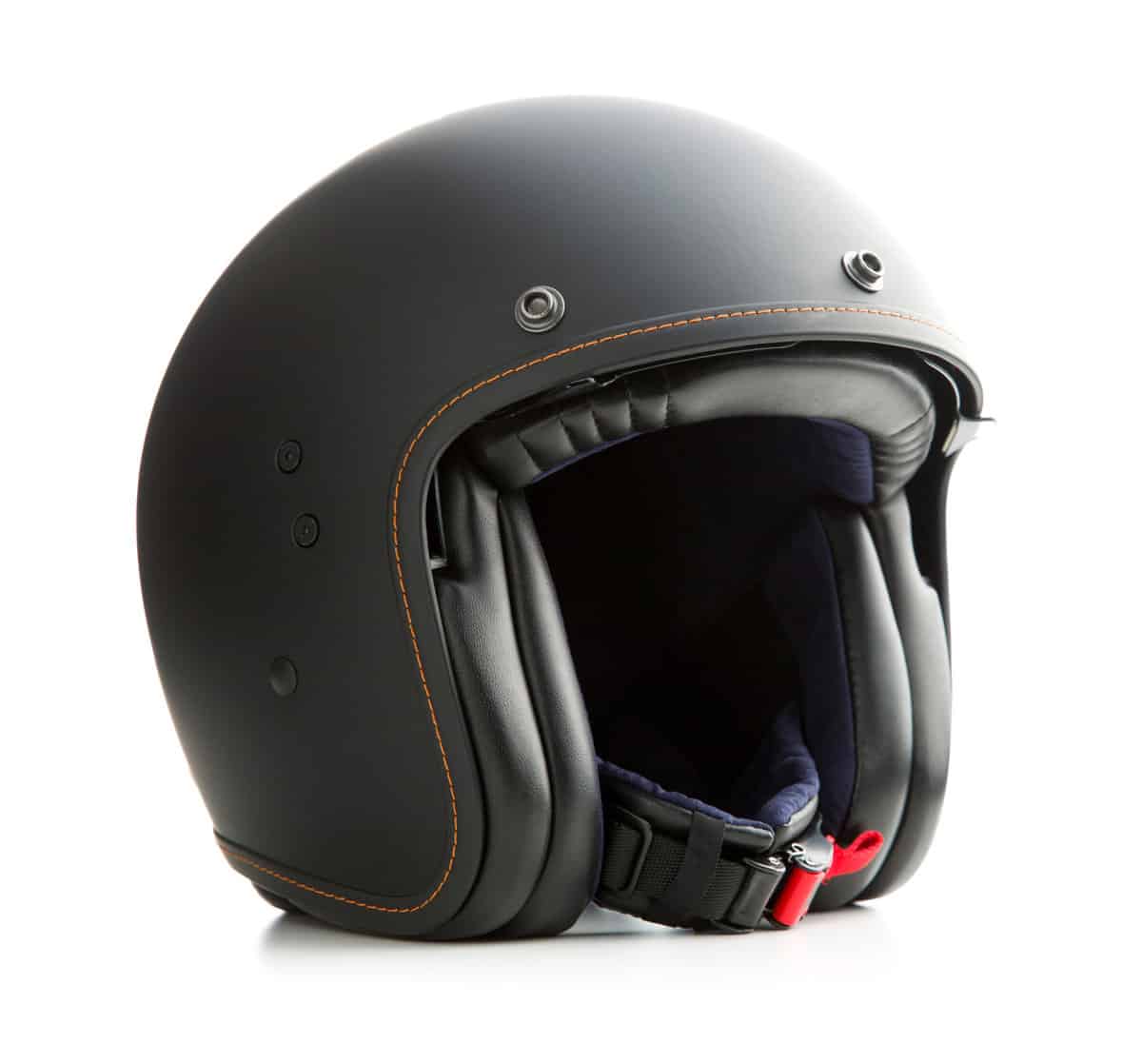
An open-face helmet, as the name implies, lets the rider's face be exposed to air. It doesn't have any chin structure to protect the bottom part of the face aside from a strap to keep it in place. This type of helmet is commonly used by bikers or scooter riders who ride at low speeds and aren't prone to strong impact.
Because the helmet is open, bugs and dust are more likely to get into a rider's eyes, so this type of helmet is often worn with glasses. A half-face helmet can offer only 36.8% of head injury protection from crash accidents since the whole head is not covered.
Dirt Bike Helmets/Off-Road Helmets
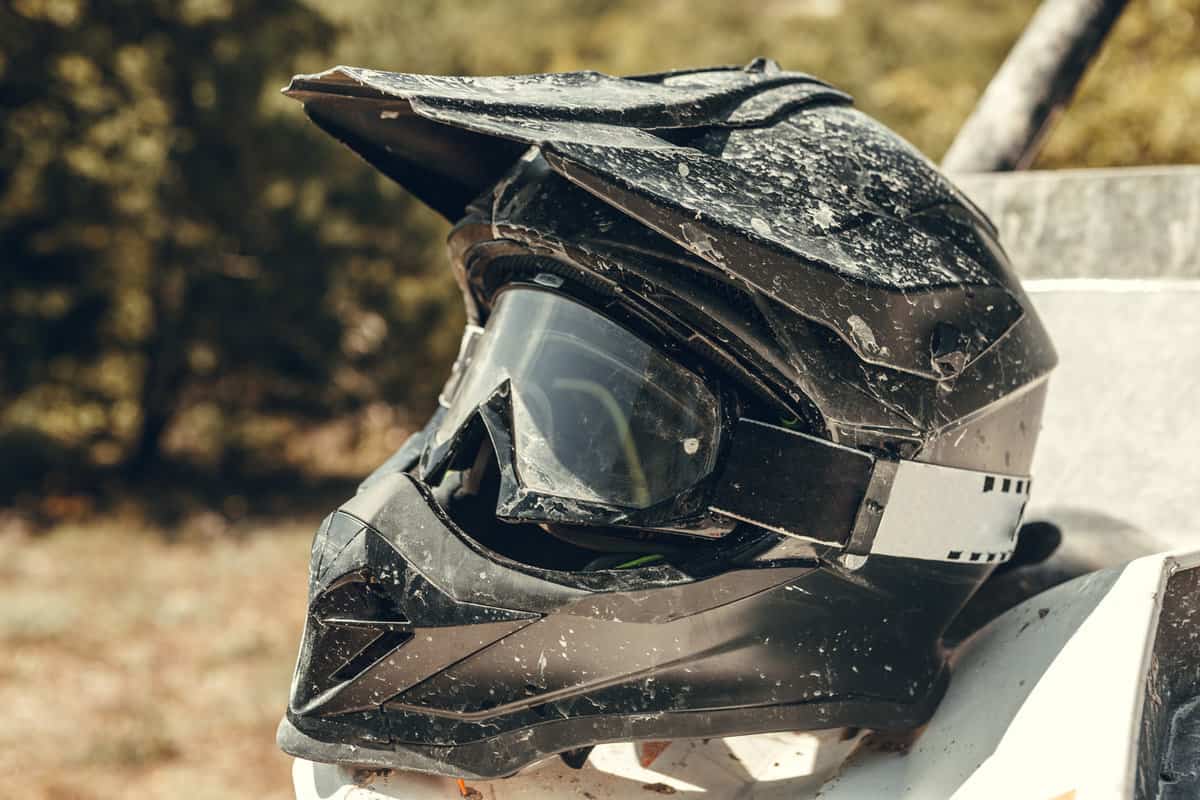
Designed for riding on a dirt bike, off-road helmets are intentionally designed to provide a lot of ventilation for the rider. They are lightweight and provide extra coverage of the chin area.
Like the open-face helmet, this type of helmet does not have a wind visor to support the easy-breathing concept. As a result, riders wear goggles to protect their eyes from mud. This helmet also has a sun peak feature which serves as a shield to shade the eyes from sunlight.
Dual Sports Helmet
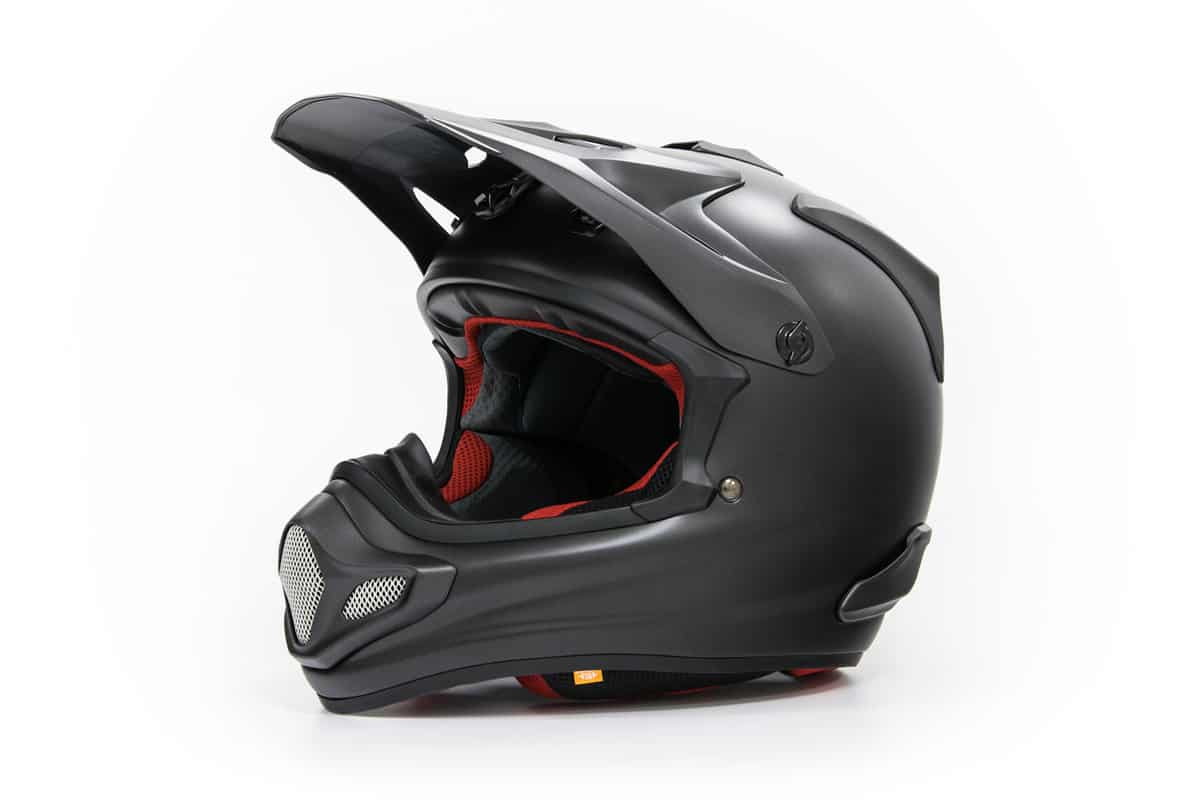
Used for on-road rides, a dual sports helmet emphasizes the protection around the rider's jaw area with its chin bar. Designed to make the rider comfortable while on the road, this helmet is equipped with more insulation to keep the rider warm and block out noise. It also comes with a sun visor to reduce glare.
Learn about the best helmet here: What Are The Best Motorcycle Helmet Brands?
Step 2: Determine Your Head Shape
To determine the shape of your head, flatten your hair to make sure you're getting the real structure of your head. Have a friend take a picture of the top of your head, not too close and not too far. Then determine if it is round, oval, or in between.
Step 3: Measure The Size Of Your Head
Using a soft tape measure, measure the circumference of your head. The tape should run above your eyebrows and around the widest part of your head. Make sure the tape is not too tight or too loose, so that you get the exact number.
You can ask for assistance to ensure accuracy. After that, refer to the chart below to find your size.
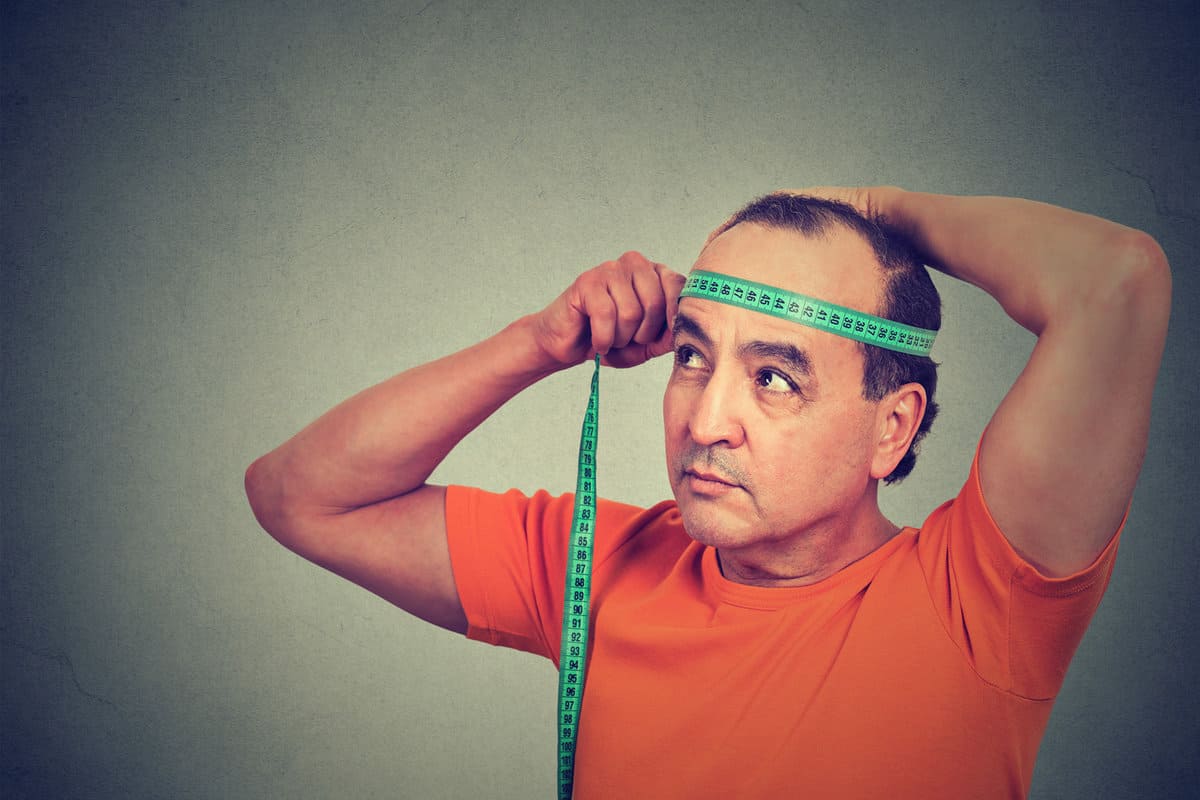
Note that size charts may vary depending on the helmet brand. It's a good idea to ask the manufacturer for its sizing guide.
Step 4: Try The Helmet On
Once you've chosen a style and a size, try the helmet on to see if it fits. Do not worry if it doesn't go on smoothly—that's normal. What's important is how comfortable you feel once you're wearing it. Here is a checklist you can run through:
- Your cheeks shouldn't be squeezed against the pad.
- Pressure points should be comfortable even with the helmet on for a long time.
- Grab the chin bar and move it to the sides. If the helmet moves without your head moving, choose a smaller size.
- If there is space between your forehead against the pad, try a smaller size.
- The visor should not be touching your chin.
- Leave the helmet on for about half an hour to check for any discomfort and determine if the helmet is squeezing your head.
Do Helmets Stretch?
Yes, helmets loosen up by 15% to 20% after being worn for 15 to 20 hours. Wearing it at home to break it in can help the padding conform to your face shape.
What Do You Wear Under A Full Face Helmet?
Riders should wear a balaclava under their helmets for protection and for hygiene when using other people's helmets. This can keep the body sweat and odor of the previous user from transferring to your head. Here are some additional reasons for wearing a balaclava.
It helps in protecting the padding of your helmet. Perspiration, hair products such as gel, mousse, or sprays, and makeup can be absorbed by the helmet's pads, making it a thriving environment for germs and odors. Although pads can be washed, frequent cleaning may wear them out fast.
Wearing a balaclava can help filter these elements before they reach the inside of your helmet. So you can wash your balaclava instead of your gear.
Another reason is that a balaclava will keep long hair in place while riding. Some balaclavas also offer a fire retardant feature, which adds more safety in case of a crash. It can also keep your neck and face warm during cold weather and keep you cool by absorbing your sweat faster during summer rides.
Check out this Fuinloth balaclava mask on Amazon.
Can You Wear Glasses Under A Motorcycle Helmet?
It is possible to wear glasses under a helmet, but not all designs can be worn underneath them. Here is how to wear them without breaking the frames.
- It is best to use an open-face helmet and glasses with arms that are straight and thin.
- Put the helmet on before the glasses, may it be prescribed glasses, goggles, or sunglasses.
- Make sure that the size of the frame fits the helmet since the pad on the forehead can push it down. This can be a distraction while riding.
How To Maintain A Helmet
Maintaining the helmet you invested in will guarantee protection for your every ride. You should take care of the things that take care of you. Here's how:
- Refrain from dropping your helmet. Although it is meant to withstand impact, a simple drop can weaken its ability to protect you during an accident.
- Keep it in a helmet bag when not in use to prevent it from getting scratched or bumped.
- Use plain water only to clean the shell of the helmet. Harmful solutions may wash away protective coatings from its surface. If you need to use a cleanser, choose a mild brand and mix it with water.
- Invest in a new helmet every 5 years to ensure quality protection.
Read more about motorcycle helmets here: How Many Years Does a Motorcycle Helmet Last?
Conclusion
A motorcycle helmet should sit firmly on your head and shouldn't have space enough to move around. If you frequently go for long rides, a full-face helmet is the best choice for you and your passenger to use because it offers the most protection among all kinds of headgear. Don't forget to double-check your motorcycle's engine system before taking off. Enjoy the ride!

